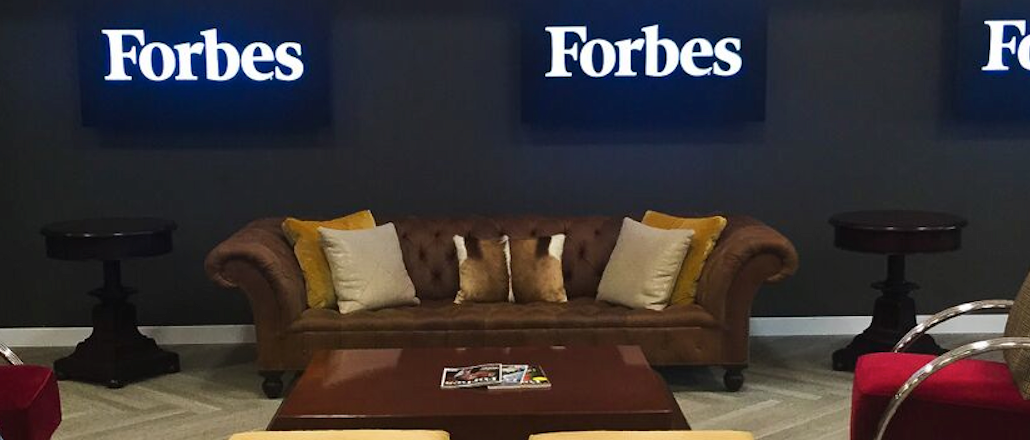Register by Jan 13 to save on passes and connect with marketers from Uber, Bose and more

The native ad market is getting more crowded, and advertisers are starting to demand to know that their ads actually work. Enter the performance guarantee.
Forbes is applying the same money-back promise it once made for display ads to its native ad product, BrandVoice. Advertisers have to spend $250,000 in native plus display over 60 days (up from the minimum BrandVoice package of $150,000). If they don’t get a lift in at least one of four metrics (awareness, favorability, recall, purchase intent), they get their money back. The advertiser gets to pick the vendor to measure the campaign’s impact.
Of course, the money-back guarantee shtick is marketing. Forbes seems to know how to control the risk of its guarantees. It introduced its original display ad guarantee in 2002 to address doubts about the effectiveness of display ads. It ran with more 100 campaigns over several years until Forbes stopped offering it around 2010. Mark Howard, Forbes’ chief revenue officer, said Forbes only had to issue one refund, to a financial advertiser. It was in 2008, at the height of the financial meltdown.
Howard said the guarantee was a response to the market’s desire for accountability as well as the increased competition. Other publishers charge for native based on views (and at least one, the Daily Mail, guarantees views), and there have been performance guarantees on print ads, but Forbes believes its promise is a first for native.
“We’ve done these guarantees in the past,” he said. “Print was still the lead and we had to do something that would get marketers’ attention. It’s core to who we are. We have this study that shows the combination of branded content and display is very powerful, and in talking to potential BrandVoice partners, a lot of times the question came up: ‘How will we know if BrandVoice is going to move the needle?’”
“It does raise the bar,” said Greg Smith, head of digital investment at MEC. “It’s a great selling point.”
How the guarantee is measured raises some questions, though, said Andy Seibert, managing partner of Imprint, a custom content firm that’s part of branding agency Sullivan. How frequently the advertiser posts to BrandVoice will clearly impact its scores.
“They’re introducing a guarantee into the conversation is probably very welcome, but the qualification around what that means is probably going to be a little fuzzy,” said Seibert, who is also chairman of The Content Council, a trade association for content marketers.
Forbes also doesn’t guarantee how much the lift will be. Howard said the guaranteed increase will be determined by what the measurement vendor says is “statistically stable.” But Forbes is managing its risk by requiring that advertisers run at least seven posts during the campaign and that $150,000 of the spending goes to display, $100,000 to native ads, with the measurement running across all of it.
Forbes’ sales staff has just started selling the new guarantee, so it hasn’t gotten any takers yet. It’s targeting existing and prospective clients. BrandVoice campaigns (which are a mix of native and display) represents 35 percent of Forbes’ advertising revenue, but the publisher still sees a lot of room to grow there.
Image courtesy of Forbes.
More in Media

Why publishers are building their own creator networks
Publishers are forming creator networks to regain control, combat traffic declines, and reach audiences shifting toward influencers.

The accidental guardian: How Cloudflare’s Matthew Prince became publishing’s unexpected defender
Cloudflare’s day job is fending off botnets and nation-state cyberattacks, not debating how Google and other AI firms crawl publisher sites.

A timeline of the major deals between publishers and AI tech companies in 2025
Here’s a list of all the major deals signed between publishers and AI tech companies in 2025.





